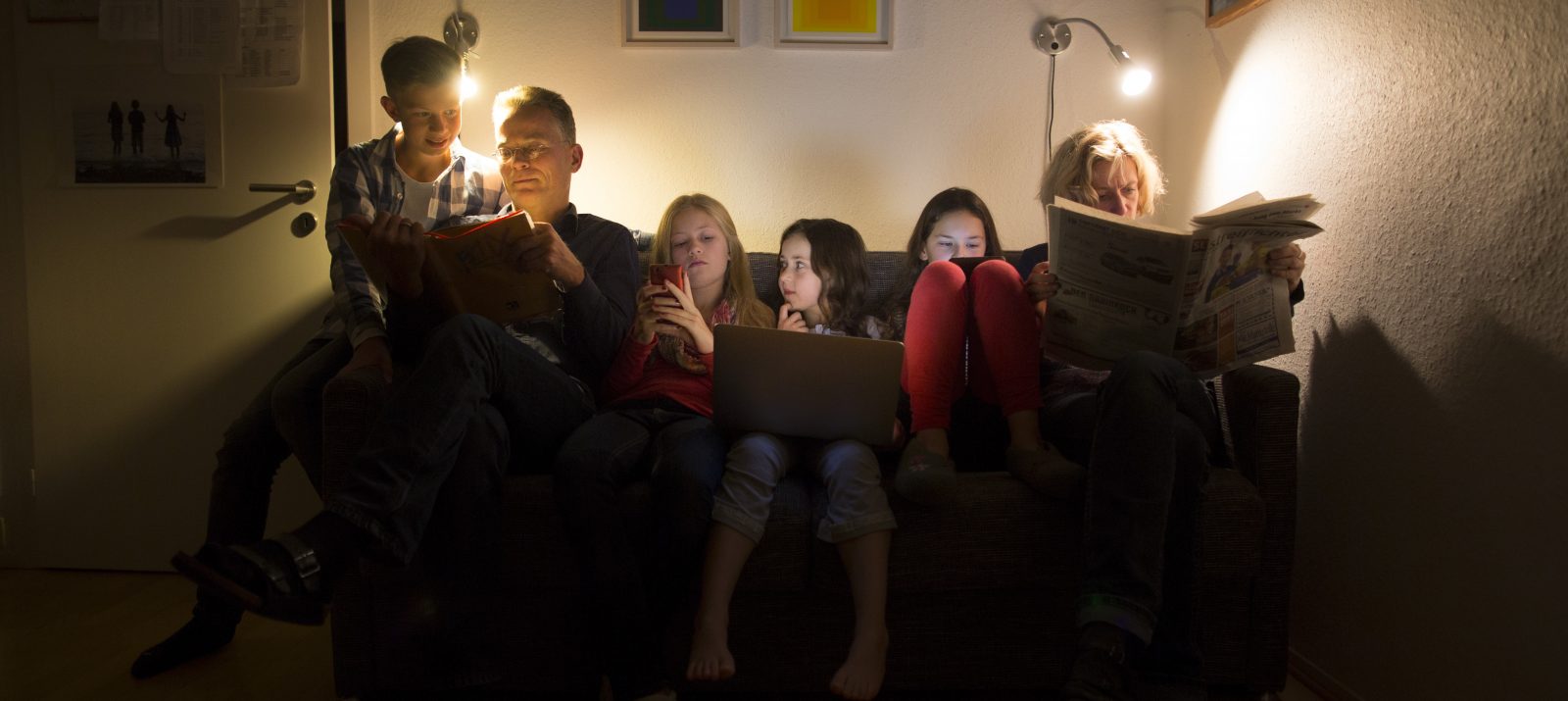
Do you ever wonder why your child just won’t put his smartphone aside even though you’ve asked him to do so three times? Maybe you’ve even caught yourself just checking something and ten minutes later you still have your phone in your hand.
On the one hand, this is due to ourselves: Social media offers are diverse and therefore exciting for young and old. Second, the companies behind the offerings want us to spend time with them. Only if many people make intensive use of their offerings will it be profitable for them. Accordingly, it is exciting to take a close look at the mechanisms of social media.
One strategy to make money is to run personalized ads. The longer we use an offer, the more data the app can collect about our usage habits and interests. That’s why apps and social media offerings are programmed so that we like to use them a lot.
Some people find it particularly difficult to put their smartphone aside from time to time. Some psychological tricks can even enhance this effect. This includes flashing lights and sound effects, the signal color red, the endless scrolling, the swipe function and a lot more.
To relieve negative feelings or boredom, we distract ourselves. Sweets, for example, are popular good-mood makers. Through them, hormones such as endorphins are released in the body, which make us feel positive. A Like on the latest selfie also makes you happy.
Especially for young people, the knowledge of belonging and being liked is important. They are still figuring out who they are. That’s why feedback from peers and role models is paramount. So positive feedback on a photo or a post makes you happy.
Scrolling and swiping in certain apps can also be fun or exciting. Playful elements can therefore also trigger positive feelings, which is why people keep picking up their smartphones. In addition, the latest posts on TikTok, Instagram, Snapchat & Co. are entertaining. Especially when people are not doing so well, apps and social media are a popular way to distract themselves and feel better. However, these offers do not solve the cause of the unpleasant feeling.
But negative feelings such as stress can also be associated with media use. Young people are downright afraid of missing out on something because they haven’t checked their news for a while, for example.
You can’t get enough of positive feelings. This can lead to some people having the smartphone in their hands all the time and neglecting other things. Social media offerings, in turn, are developed so that we like to use them a lot. This can lead to “too much” in interaction. But addiction involves more than excessive use. One speaks of addiction only when the behavior continues over a long period of time (about a year), the affected person has no strategies to change anything about it and neglects everything else.
So if you or your child spends a lot of time on your smartphone, know that social media and apps can support certain behaviors. Talk to your child about this and consider together rules and strategies for dealing with media and for media-free times.